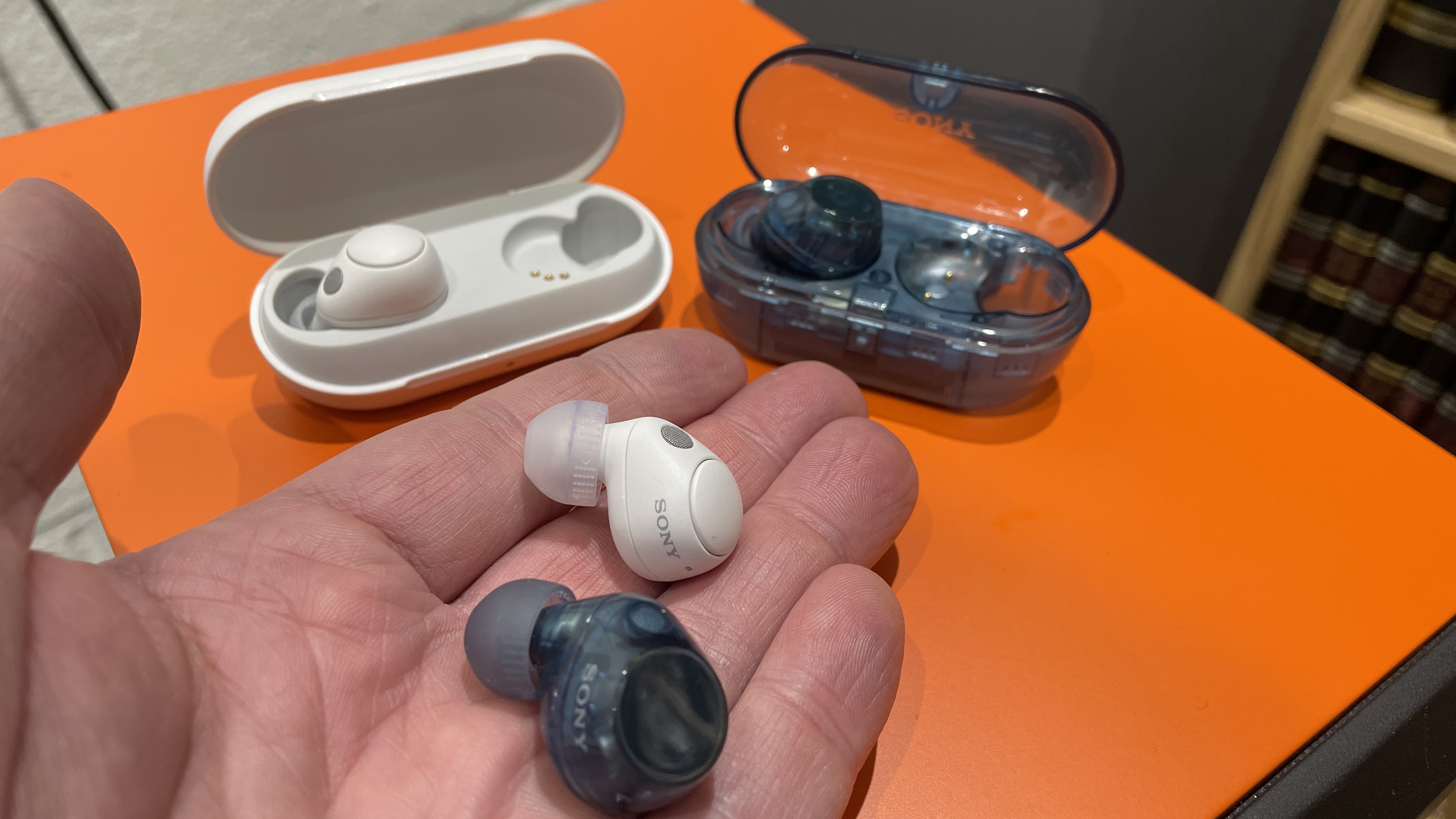I watched every Star Wars film ever made – here's what I learned
Are they as good as everyone says?
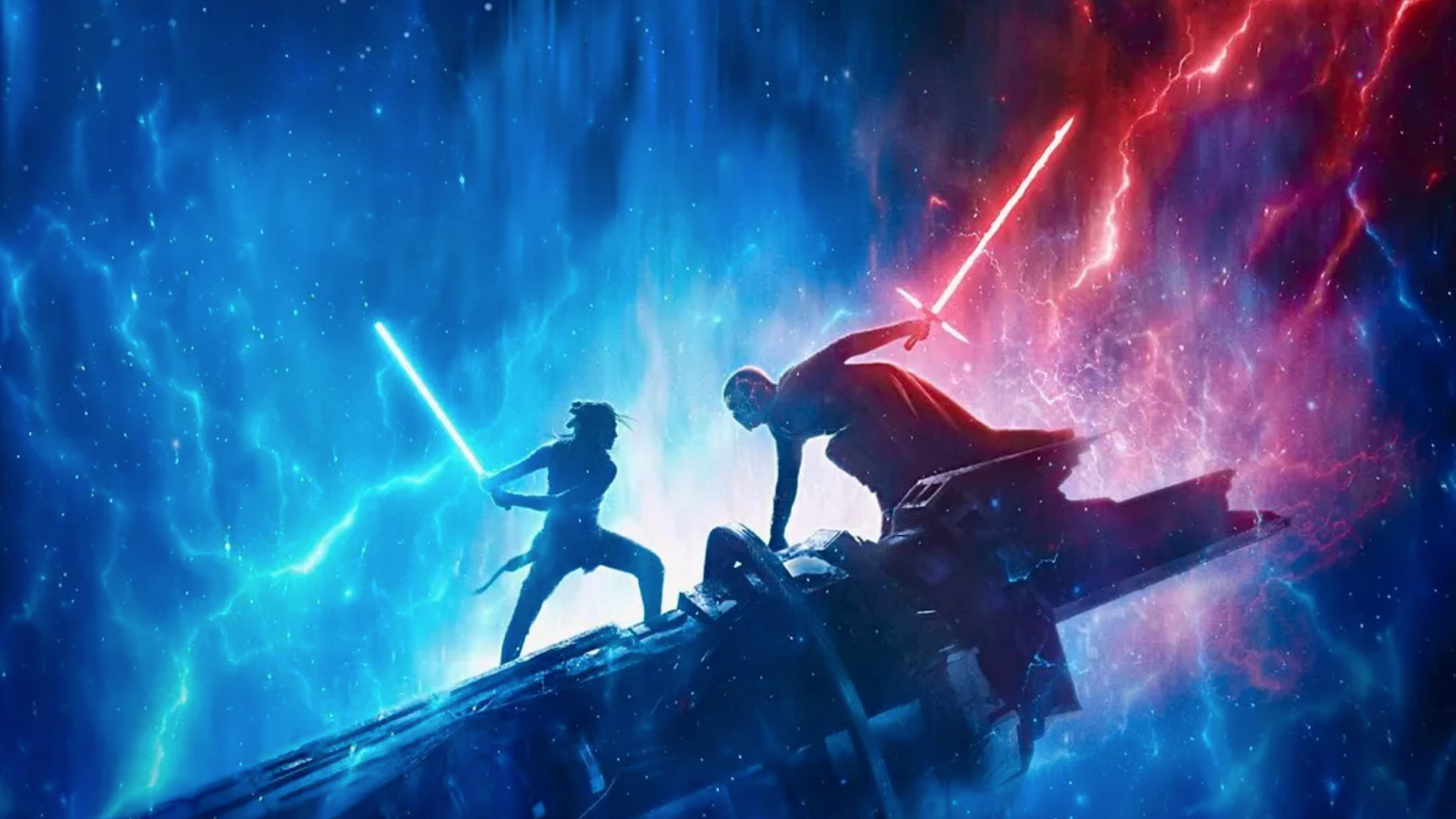
"What's that film that you love? The one about the space hairdresser and the cowboy? He's got a tin foil pal and a pedal bin. Lego. They're all made of Lego".
Peter Capaldi, speaking as Malcom Tucker in the BBC's evergreen political satire The Thick of It, really did provide a perfect summary of what Star Wars is like to people who don't live and breathe that fabled galaxy far, far away.
Star Wars is a baffling, often impenetrable behemoth, and that's even if you happen to love the material. Whether you're a philistine or an acolyte, it's a crazy cosmic world that George Lucas, with a little inspiration from Frank Herbert and Akira Kurosawa, has created.
I'm somewhere in the middle. Like practically every human being raised outside of North Korea or the frozen Arctic wastes, Star Wars has always been there, as perennial and enduring as The Beatles, Coca-Cola and online cat memes. Now, if anything, it's stronger than ever thanks to backing from Disney and its small mountain of shiny simoleons.
The problem is, I'm not sure I've ever quite 'got' it. Hence, my friend and I decided to run the full Star Wars gauntlet, to go from Episode 1: The Phantom Menace (already confusing, it's the fourth filmin the series) through to Episode 9: The Rise of Skywalker, taking the occasional pitstop and detour at the shores of Rogue One and Solo: A Star Wars Story.
Plan-akin Sykwalker
To do so, I enlisted the help of the only friend I knew (he'll remain anonymous) would have the time, patience and desire to dedicate over 20 hours of his life to sitting through more than 10 instalments of Lucas' beloved franchise. That's a lot of time – thank goodness we didn't try to sit through the entire Clone Wars series while we were at it.
Let's be clear: this isn't just about finding out whether the biggest movie franchise of all time was ever any good. When a media juggernaut gets this big, trying to assess its merits is like trying to tell people that the lettuce in a McDonald's burger isn't offsetting the potentially detrimental health effects.
The latest hi-fi, home cinema and tech news, reviews, buying advice and deals, direct to your inbox.
No one's ever avoided a Big Mac because of saturated fats, and no one's ever binned their Obi-Wan Kenobi robe or replica lightsaber because a movie critic said that George Lucas can't write good dialogue.
The point, if there is one, is to see how well these movies hold up in an age of mega-money Marvel money-spinners and Christopher Nolan epics, and if they do hold up, how do we get the definitive galactic experience? Are the originals as exciting as I remember them being as a child and, if not, is it the fault of the movies, the setup or, quite possibly, with me?
How are you holding up?
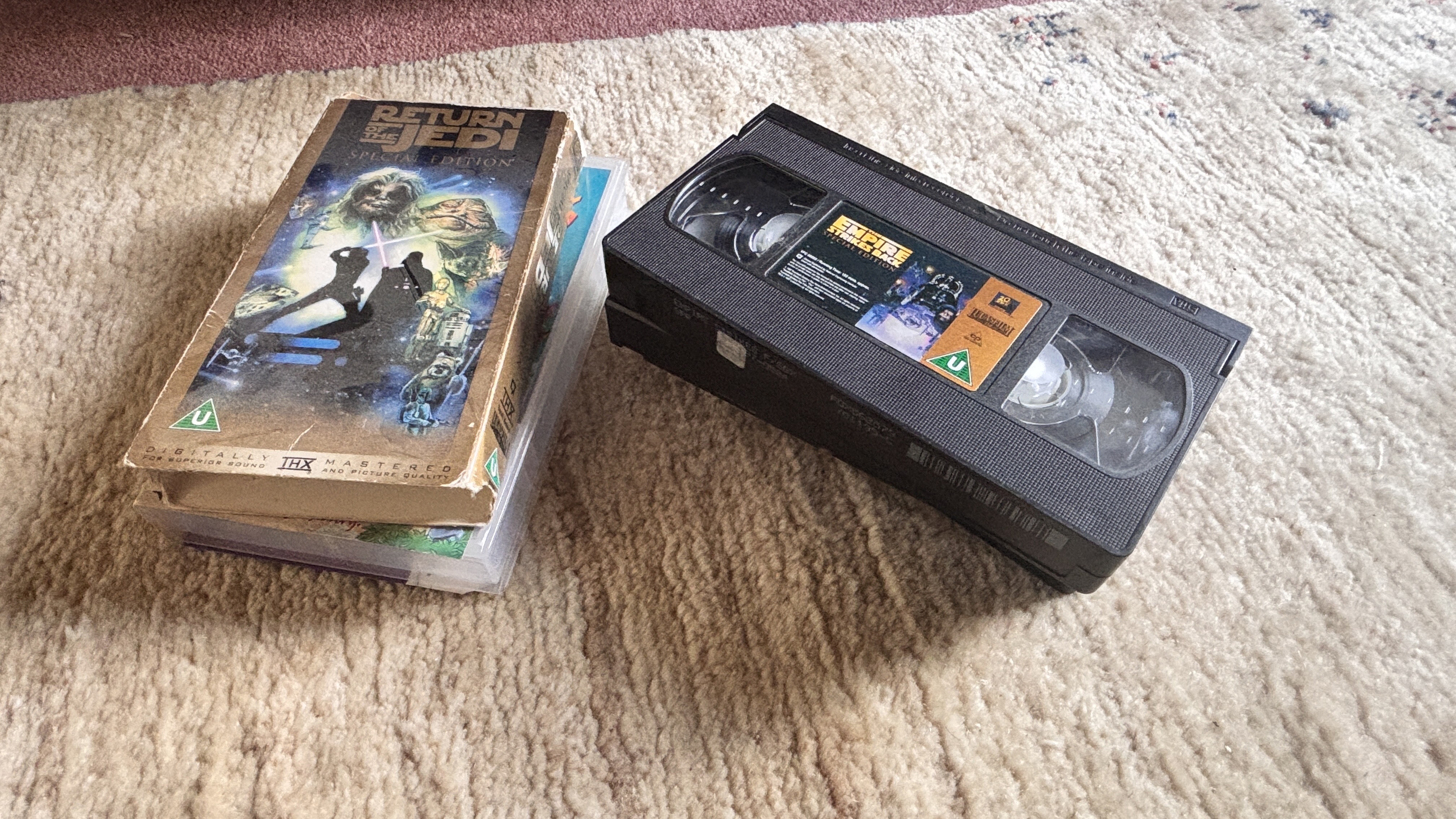
When I was a nipper, my first exposure to the wacky world of Star Wars came courtesy of a 'Special Edition' boxset of the original trilogy, rendered lovingly in plastic via the magic of VHS, featuring some of the first major changes to the movies via Lucas' own in-house digital studio.
This is the 21st century, of course, so we'd be watching the original and prequel instalments, as well as the subsequent sequel trilogy, in 4K resolution via Disney Plus. I had a couple of Blu-Ray discs for reference, even if getting the whole saga was a bit above my pay grade, and Disney's streaming service is probably the way most people will choose to go if they, like me, hold a relatively ambivalent viewpoint.
In fairness, the older flicks don't hold up too badly. Famously, the Star Wars movies have been through endless retouches, remasters and rejigs, yet the editions that find themselves housed on Disney's dedicated platform are a long way from a disgrace.
Watched side-by-side, the brighter, cleaner online version of Return of the Jedi is certainly a vast improvement on the grainy, slightly faded VHS version from the '90s.
The ones that didn't need much of a clean-up are also in good nick. Even if you'll get a better experience via DVD or Blu-Ray and a dedicated player capable of doing them justice, the likes of Rogue One and the seventh, eighth and ninth 'Episodes' have enough visual 'pop' to be reasonably satisfying.
Via the 55-inch LG C4 OLED tasked with completing our cosmic marathon, the climactic Battle of Scarif from Rogue One felt alive with colour, from shimmering blue waters contrasting with the near-white sands of the beaches of Scarif to the pops of smoky orange every time a spaceship met its end in the black of space, rarely did we feel as though we were being visually short-changed.
Scenes from the classic trilogy, including the opening vistas of Luke mooching around his moisture farm on Tatooine or Princess Leia confronting Darth Vader on the Death Star, have clearly benefited from layers of digital tweaking and remastering.
On Blu-Ray, meanwhile, they're another step up – the latter scene of Leia and Vader having a barney is far more alive with detail and colour, be it the more naturalistic lighting in the background or the different shades and hues across Carrie Fisher's face and hair.
A 21st Century Digital ploy
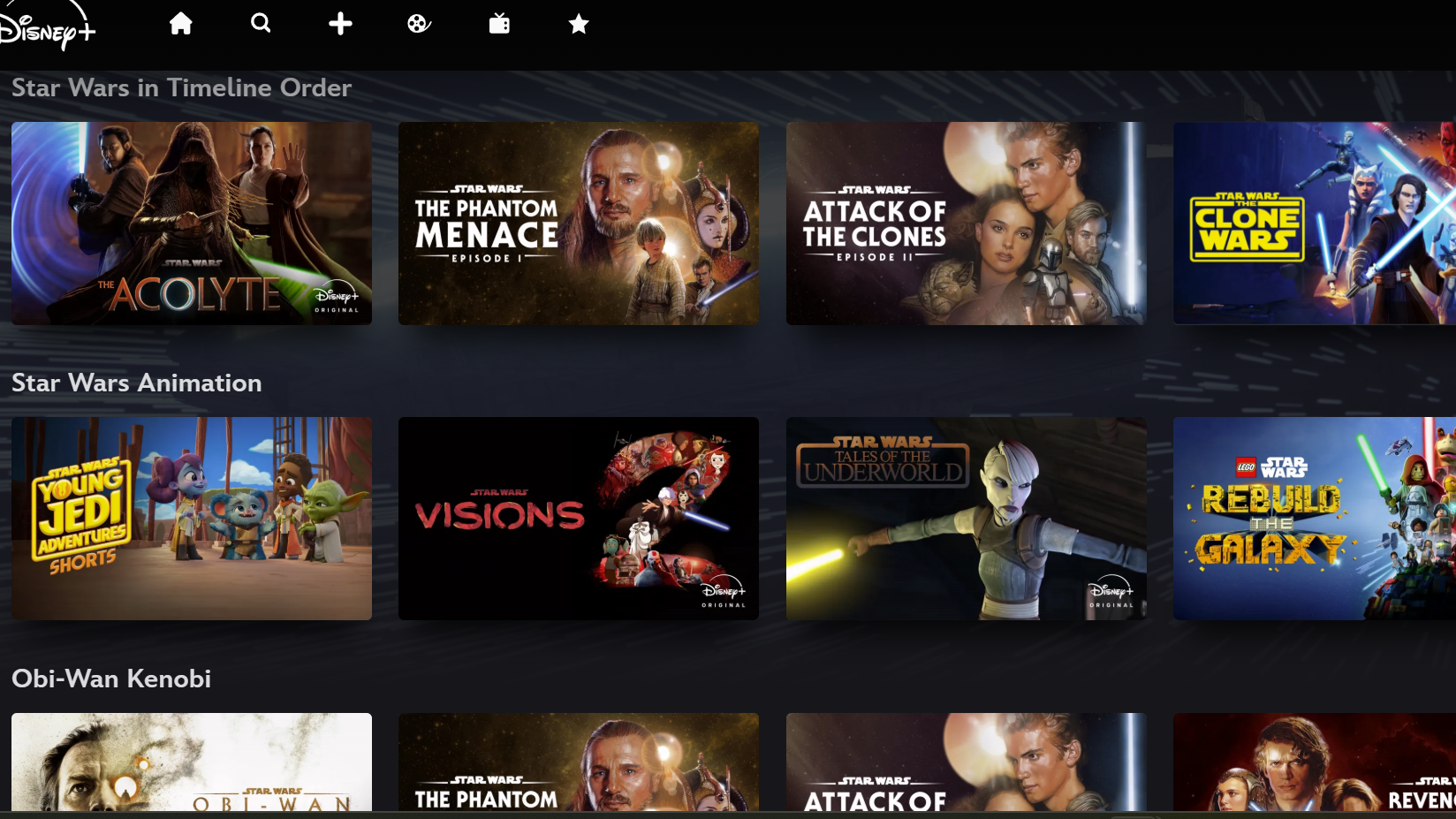
Clearly, then, the versions and platforms on which you choose to watch the films, especially the earlier ones, make a vast difference. While the quality across Disney Plus remains solid, you have to accept that these iterations are often plastered with many of the tweaks and amendments for which the Star Wars saga became so notorious. That has its benefits, but it also comes with some noticeable issues.
The amount of obnoxious CGI that George Lucas has retroactively added across the various special editions, reissues and remasters renders some movies, or at least portions thereof, almost entirely unwatchable, even if you don't fully know or remember just what the originals looked like in the first place.
This isn't just touch-ups of older scenes; rather, it's retroactive editions using anachronistic technologies.
Return of the Jedi, which really is just a Jim Henson movie in space with a bigger budget, suffers particularly from sequences in which mid-2000s and early-2010s effects are crowbarred into a movie which first hit cinemas in 1983.
The bit where a bunch of mutant space aliens break into an impromptu burlesque performance at the behest of dirty old Jabba the Hutt? It was bad when it was puppets, but janky CGI in a mostly practical '80s movie? Utterly unwatchable.
All of this can, regardless of your system, make given moments feel utterly bizarre as older effects, many of which are often analogue or practical, collide with incongruous digital inserts. It can often feel as though you're watching various movies slammed together, like trying to enjoy an episode of Sesame Street directed by Michael Bay.
Other elements of jiggery pokery fare much better, it has to be said. Upon commenting on just how impressive some of the shots of various imperial planets looked, not to mention the final "It's a Trap" space battle, my friend was kind enough to tell me that such sequences had indeed resulted from some much-needed technical wizardry.
Those bits when they're all celebrating on Coruscant and Naboo at the end of the original trilogy and it's a perfectly rendered CGI cityscape? Yeah, they couldn't quite do that in 1983.
Ok, I'll admit it, many of the tweaks to the original trilogy are not only welcome, but downright necessary. Watch the scene of Darth chatting away to Emperor Palpatine in The Empire Strikes Back and you'll see the benefit of a well-rendered retroactive fix.
In the 1980 original, Palpatine looks like a cutscene from an unlicensed PlayStation 1 game. In the remaster, you don't have to squint to realise who's actually speaking (Gandalf, is that you?). You may have a great deal of affection for the true originals, yet is there anything wrong with going back and fixing things that you didn't, or couldn't, get right the first time?
It's a (space) age thing
This is all a bit telling. I've been told time and again that the reason Star Wars continues to be held in such esteem, especially from older generations who were there at the start, owes much to the technical marvel of a franchise pushing the boundaries of what was possible from a major cinematic series.
This is a series relying heavily on its technical prowess – little wonder every effort has been made subsequently to keep them looking their best.
No one had ever seen firefights in space before, never mind a little green alien with a funny voice jumping around like a wizened grasshopper. The point of the films wasn't to go heavy on great writing or dialogue, but to present a colossal cosmic canvas the likes of which few viewers in the 1970s could ever have imagined was even possible.
So, were we simply doing the movies a disservice by not finding the best screen and system on which to enjoy them? The 55-inch LG and a pair of stereo-linked HomePod 2s did the job just fine, but when they're so reliant on special effects and communicating the scope of that intergalactic canvas, were we really doing them justice? For whatever reason, they were leaving us feeling just a little bit cold.
That's no Vader watch a movie
I think part of the problem is that, in the gap between being a kid in the early 2000s and an adult in the mid-2020s, a lot of progress has been made in terms of cinematic technical wizardry.
Expectations for what a film can do, how it can look and even how it can sound have gone through the roof, meaning that looking back at more primitive work can render it somewhat uninspiring.
Once you know what a film can look like, it's incredibly difficult to look back and be impressed by what essentially preceded it. CGI, as we all know, peaked in 2006 when Pirates of the Caribbean: Dead Man's Chest revealed Bill Nighy's Davy Jones to the world, a CGI masterpiece who, Josh Brolin's Thanos possibly notwithstanding, has never been topped.
Your dad will still tell you, "Yes, but this was so impressive in 1979", but he's given the game away with that key qualifier. It's not 1979 anymore, and I can't convince my jaded brain that once-impressive effects haven't dated somewhat in the intervening years.
Less of a problem for the newer instalments, but a hurdle the older classics must inevitably overcome for younger viewers who weren't there at the very start or who grew up with more impressive visual effects.
Attack of the Groans
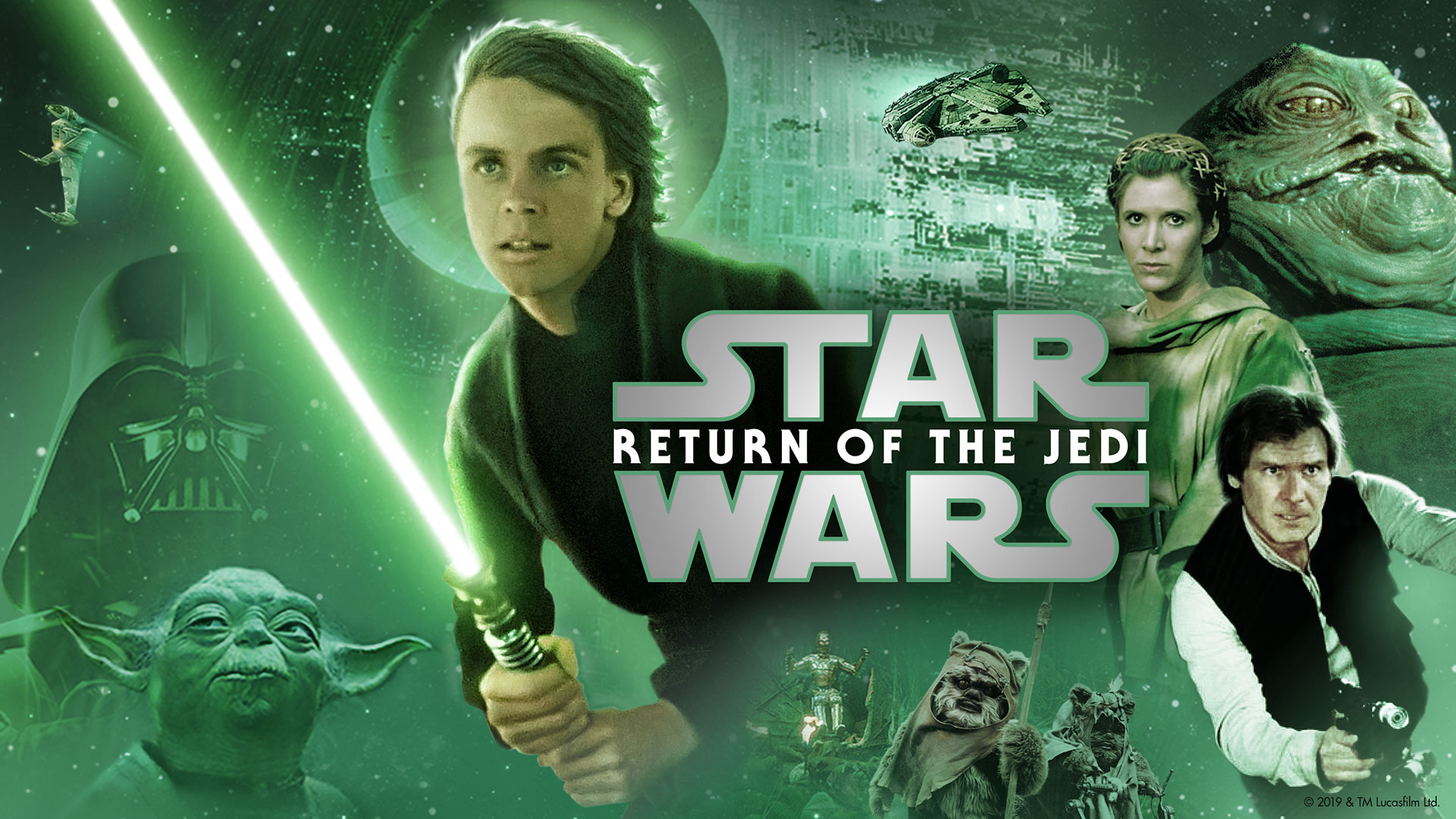
So if you're not impressed by how the earlier Star Wars movies look and sound, what are you left with? You're left, inevitably, with all of the rough edges and bum notes, and that includes all of the grot that earlier audiences might have overlooked as their brains melted at the sight of zipping X-Wings and Boba Fett's wrist-mounted flamethrower.
Without going full Mark Kermode, it's hard to ignore the glaring faults in a series that, at times, has felt beyond reproach. The whole franchise is one massive, flawed giant, so much so that it can be hard to know where to begin when listing the narrative faults that, once the technical spectacle wears off, begin to creep in.
The dialogue, for instance, is frequently atrocious. There's a more naturalistic brio to the exchanges of the original trilogy, but even then, snappy dialogue was never Lucas' forte.
By the time we arrive at the prequels, it's hard to fathom how some of the lines manage to get past a mere table read, let alone cement themselves in the final script. "I hate sand". Shocking. "From my perspective, the Jedi are evil". Unfathomable. Everything Jar Jar Binks ever, ever says. Unbearable.
Then there's the plotting. If the first two films feel like they're moving snappily towards some kind of overarching conclusion, the near-hateful Return of the Jedi is a bizarre misfire which spends all of its time languishing on the planet of the giant teddy bears.
I'm sorry, I don't buy the fact that the all-consuming Galactic Empire, with all of its might and resources, was felled by some blokes in furry bear suits wielding wooden clubs in what looks like the back-end of a Center Parcs resort.
The first prequel, which is supposed to introduce us to the young Anakin Skywalker / Darth Vader, feels like an elongated Futurama episode. Pod-racing? An hour in and we're pod racing? How does this get us closer to explaining the origins of the most iconic villain of all time?
Don't look on the Dark Side
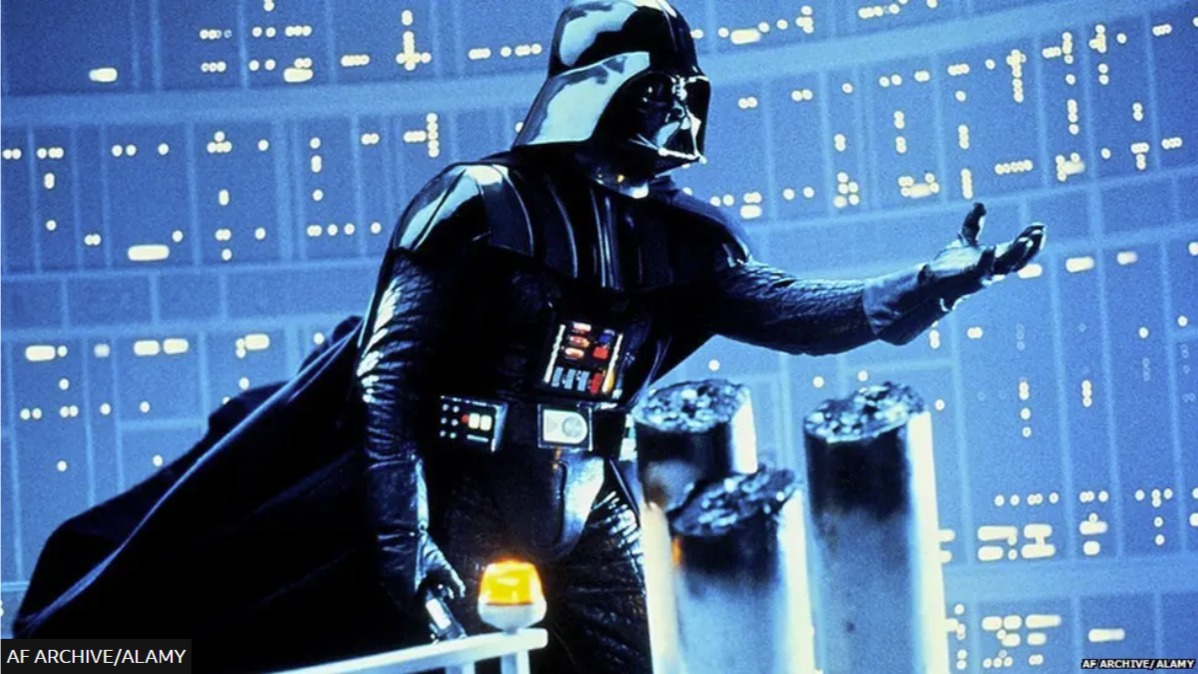
For all of my apparent negativity, I completely understand why Star Wars has resonated, and continues to resonate, with such a wide-reaching and devoted fanbase.
When it first appeared, audiences simply had never experienced something so visually spectacular and boundary-pushing before, and those impressions are bound to remain powerfully formative no matter what you experience in the following years.
Obviously, though, there's more to it. What Lucas and others have done, with more than a little help from various cinematic and sci-fi influences, is to create a world that seems to run parallel to our own, one to which viewers can continually escape when our own seems a little too much, or indeed, not enough.
They're movies which, thanks to their carefully curated aesthetic and broad moral themes, bypass most of your critical faculties and plug into that part of your brain that responds to the joy of pure spectacle. That, surely, was never more true than when they were first unveiled in the 1970s.
Think of the iconic white Stormtrooper armour, or Darth Vader's helmet, or the different-coloured lightsabers, or X-Wings, or the Millennium Falcon, or Yoda's ears, or the Death Star, or those blaster noises.
There's some substance to be found in Anakin's turn to the Dark Side or when clunky parallels are drawn with the Roman Empire, but this is style first and substance second, and there's little wrong with that if you're in the right place at the right time with the right setup.
Hence, the movies work so well on a system or format that can do them justice. It's no surprise that one of the movies I enjoyed the most – The Force Awakens – was first experienced at a cinema. I imagine it was the same for most of the older generations who first glimpsed the twin suns of Tatooine at their local multiplex.
A VHS copy of Return of the Jedi, with its mediocre picture and sound, was never going to set the soul alight. Watching Rogue One, by way of a comparison, on a 50-inch Samsung QN90A, was a far more satisfying experience. As I said before, you don't watch these movies for the dialogue, you watch them for the spectacle.
Quite appropriately for our celebration of Home Cinema Week, the whole experiment has demonstrated that it's everything around it, not just the movie itself, that can make or break your viewing experience. Nowhere is that more true than when it comes to Star Wars.
MORE:
My local cinema recently closed down – now I really wish I'd visited it more often
I watched Dune: Part Two in a virtual reality cinema, and it rekindled my love for the silver screen
Read our KEF XIO review

Harry McKerrell is a senior staff writer at What Hi-Fi?. During his time at the publication, he has written countless news stories alongside features, advice and reviews of products ranging from floorstanding speakers and music streamers to over-ear headphones, wireless earbuds and portable DACs. He has covered launches from hi-fi and consumer tech brands, and major industry events including IFA, High End Munich and, of course, the Bristol Hi-Fi Show. When not at work he can be found playing hockey, practising the piano or trying to pet strangers' dogs.
You must confirm your public display name before commenting
Please logout and then login again, you will then be prompted to enter your display name.
